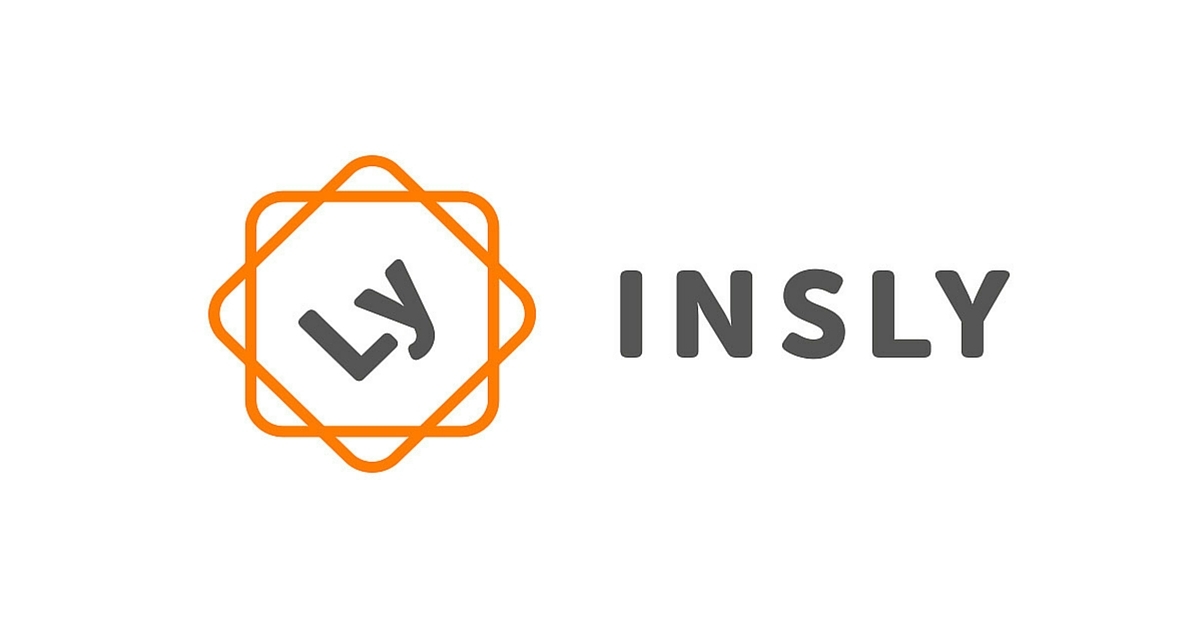Since it’s inception in 1999, Salesforce.com has arguably been the poster child for Software as a Service (“SaaS”) and synonymous with the massive growth of cloud computing. Over the past decade, new players have followed suite and entered the SaaS market to provide alternative business solutions to enterprises of all shapes and sizes. And their offer is a compelling one; no upfront license fee or implementation costs for a new IT system, and you pay as you go based on your usage.
Software as a Service (SaaS)
As businesses have grown comfortable with the idea of sharing a technology platform in a multi-tenant approach to running core business applications, the SaaS segment of the entire business applications marketplace continues to grow rapidly and take marketshare from the traditional approach of buying and installing software.
According to the IDC 2014-2018 forecast:
By 2018, 27.8% of the worldwide enterprise applications market will be SaaS-based, generating $50.8B in revenue up from $22.6B or 16.6% of the market in 2013.
One of the reasons for this move to pay as you go business functionality is that in-house IT has become costly, inflexible and simply too difficult to manage and respond to customer demands. Rather than implement another ‘new’ business system, you can buy the functionality the business needs from the cloud.
The current trend from the systems integrators is to pitch services under the heading of applications modernization, which seeks to address this high cost, low flexibility legacy application estate. Many are presenting a vision of the future for enterprise applications to be delivered across an entire business as a series of business functions, akin to Apple’s App Store. Users can simply pick and chose the services that they need to complete business functions. However, the gap between the reality of today and this vision is substantial and its viability as anything more than an interesting concept is largely unproven.
One of the major barriers facing larger enterprises today is the decades of legacy compounded by market consolidation, which has resulted in a patchwork quilt of a disparate and poorly integrated IT. This, in itself, is a major driver behind the whole Fintech movement as new players are able to cherry pick the many margin rich areas of the industry that are ham-strung by legacy IT.
And for the smaller to medium sized enterprises, the cost of buying and implementing a whole new system can be prohibitive. As a result, and this is particularly the case with the smaller insurance brokers, the business runs on spreadsheets, simple bespoke apps and lots of reliance on manual intervention.
This backdrop of legacy systems, inflexible IT, ever increasing costs and hard to deliver modernization promises makes SaaS look all the more attractive, especially when you then take into account the opex financial model for SaaS.
Of course, nothing is that easy and lets not sound the death knell just yet for traditional software solutions! This is particularly true in the highly specialised world of insurance where core and complex functionality has been built into these traditional solutions. There are likely to be compromises to be made in a SaaS model, but even so, this approach can seem compelling when compared to the traditional approach of purchasing and implementing a software solution in a capital intense project.
Insurance brokerage back-office
With this in mind, I took a look into the back office world of the insurance broker. Typically, these are smaller business units with a geographic or specific market focus. Even the large global insurance brokers are comprised of numerous smaller brokers, usually operating independently.
Earlier this week I caught up with Risto Rossar, CEO and founding member of Insly. Having come through Startbootcamp’s Fintech cohort last summer, Insly are up and running and growing with their SaaS platform for insurance brokers.
The origins of this software as a service platform come from an insurance broker business in Estonia called IIZI (pronounced “easy”). Having formed in 2000, IIZI has established itself in Central Europe as a successful insurance intermediary providing non-life products with the predominant category being motor. Their in-house developed platform was originally built to serve their own needs as a broker, and because it was so good, they found themselves selling it as a service to other brokers who had manual or spreadsheet based systems. Over time, IIZI developed a client base of more than 30 brokers in Estonia and in the neighboring countries of Latvia and Finland.
It became clear that Insly had a really good platform and they started to ask themselves the questions about expansion and become a truly global platform. Why restrict themselves to the local markets when the platform had the universal functionality capable to serve insurance brokers in all parts of the globe? Could they really support different markets, languages and cultures?
But as they investigated the market, they found that not only was English a universal business language in many (although not all) parts of the world, the broking process was largely the same everywhere.
So they made the decision to spin off the platform into a new business, which they called Insly. Needing a full time focus and commitment to succeed, Risto and his fellow co-founders left IIZI in the capable hands of a new management team. Risto explained that they chose the name Insly because it combined the word ‘Insurance’ with the sound of ‘Easy’ and this captured the essence of their insurance platform.
The catalyst for this business decision was being selected for the first cohort to go through the Startupbootcamp Fintech academy in the summer of 2014. Having graduated from SBC at the end of 2014, Insly have been building momentum in its first 6 months or so and now has 70 clients and growing month on month.
The client base is already international and Insly have about a third of its clients in the US, with a growing number in the UK and rest spread across around from 18 countries. Insly have already proven that the platform will work across multiple countries and whilst technical support is offered only in English, the platform is currently operating in 7 different languages. This is not without its challenges as the translation of insurance specific terminology can be tricky and this does require local language and insurance knowledge to make sure everything is correct.
However, the key is that the platform has proven it can support insurance broking processes in different countries and therefore the key barrier to entry for a global SaaS platform has been addressed!
So what is Insly?
Quite simply, it is a cloud based, Software as a Service platform, built on MySQL and PHP, and accessed through a browser. There is no software installation and no upfront license cost; each client pays on a per user per month basis. Insly provide professional services to configure specific products or tailor the standard reports that are on offer. In time, as the client base grows, Insly will introduce partner organizations to provide the professional services, akin to how a whole new market of salesforce.com integrators has grown up.
The platform provides all the core functionality required by a broker or managing agent; holding and maintaining policy information, installments and collections, invoicing and matching, payments, bordereaux and management reporting. The functionality covers the whole life cycle from first proposal through to the renewal process.
Since most brokers are relatively small operations, one of the benefits of using Insly is that it replaces manual, paper based operations with an automated process that takes care of many of the small tasks that get missed, such as remembering to chase late payments or following up on renewal notices or proposal.
It’s also a scalable solution and has proven it can support those brokers who run multiple offices across multiple countries. Insly will support both country and company specific modules to automate insurance processes and streamline operations thereby removing a lot of the paper based and manual working.
Risto explained that whilst Insly now has over 70 clients (which seemed impressive to me!), this is actually quite small given the typical size of an insurance broker. Their goal is to serve thousands of clients and they’ve built a platform that can do this. As they establish themselves in markets around the world, their primary goal is to find their first 5 clients in each country, and then let the network effect take over and others will come onto the platform.
It is no coincidence that Risto and I met up in a coffee shop near St Paul’s Cathedral since he is spending every other week in London, where the insurance market is his primary focus. Insly have developed the platform to serve the MGA community initially and they have built in Lloyd’s specific functionality that will help them compete with the established software houses. Competition is arguably stronger in London than anywhere else around the world, so where better to prove yourself and your platform to the market!
To see for myself how easy it was to use Insly, I went online and signed up for a free trial and created my own account, which I could have done using my twitter, Facebook or LinkedIn account, but I chose to use good old fashioned email address!
The pricing for ‘basic’ and ‘professional’ usage is transparent and if I chose to go on and start up my own insurance business, then for a basic service, I would pay €49/month/user to manage my customer, policy and collections details, issue proposals and run standard reports. All pricing is based on a per user per month basis.
Of course, Huckstep’s Insurance Services Inc. doesn’t have much of a business (yet!), but for those that do and their requirements are more than simply “standard”, then Insly provide professional services to help set up the client account.
Whilst it is like asking how long is a piece of string, Risto was clear to explain that when Insly provide professional services to set up new product specs with their own unique conditions of trade, policy characteristics and price calculations, or if they want bespoke reports and customer bordereaux, their clients are looking at a matter of days, not weeks, months or even years!
There are many parallels with the Salesforce.com platform in terms of how easy they have made it to sign up and use the platform, and one of them is that Risto envisioned a time when third parties would provide professional services for the Insly platform, just as they do today for Salesforce.
As we drew the conversation to a close, Risto’s final comment was to compare the Insly platform to the traditional insurance platforms as consumers would compare Apple to Microsoft. He meant in terms of user experience and from what I can see moving around the platform, he has a point.
Although for me, the real comparison for Insly is not with Apple, but with Salesforce. Can they/will they disrupt the insurance software market the way that the CRM software market has been turned on its head by Salesforce?
Who knows, only time will tell!
Original article by Rick Huckstep @ dailyfintech.com



